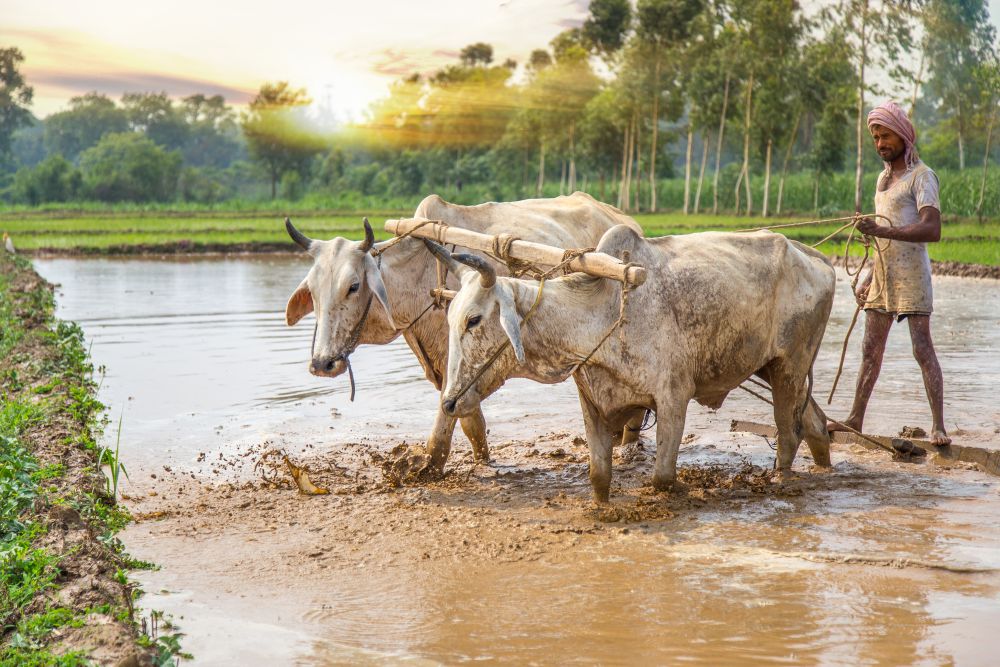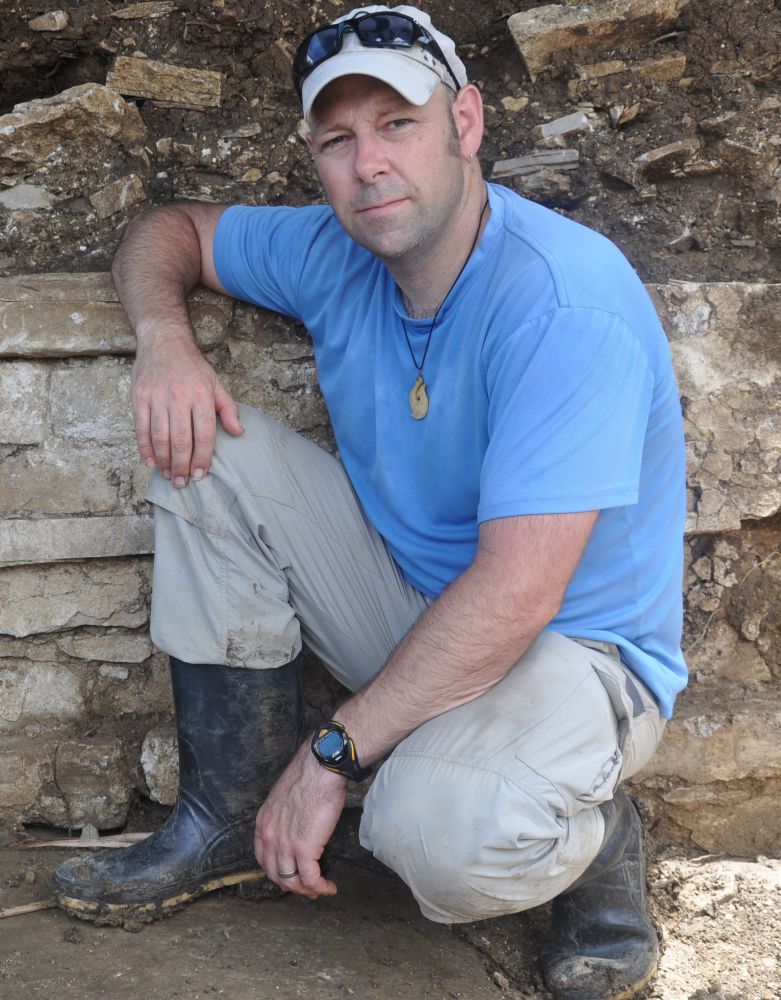
Ancient Migrations

Analysis of ancient DNA is revolutionizing our understanding of the deep past. Now new work is illuminating the paths of Central and South Asian populations — and revealing the origins of Indo-European languages.
In “The formation of human populations in South and Central Asia” in the journal Science, researchers including Douglas J. Kennett, a UC Santa Barbara professor of anthropology, report sequencing the DNA of 523 never-before-studied ancient humans.
“It’s an amazing and massive undertaking that addresses a number of important questions,” said Kennett, whose lab at Penn State University, his previous appointment, directly radiocarbon dated over 250 individuals in the study to establish the chronological framework for the spread of Central and South Asian populations. “There are only about 2,000 complete ancient genomes that have been sequenced in the world, and over 500 of them come from this study.”
The interdisciplinary work — which included archaeologists, anthropologists, historians, linguists, and geneticists from around the world — was able to tease out the details of the migratory history of disparate peoples in Central and South Asia beginning from the Mesolithic Era (roughly 12,000 years ago) up to the Iron Age (about 2,000 years ago).
By analyzing the genomes of 523 individuals and comparing them to previously published ancient DNA from Eurasia and data from modern people, the authors were able to show that the ancestry of modern South Asians is a prehistoric blend of hunter-gatherers of Iran and Southeast Asia and, later, descendants of the Steppe pastoralists who spread from Central Asia.
Kennett, an environmental archaeologist, noted the study at long last settles the question of the origin of Indo-European languages, which includes English, Russian, French, Hindi, Spanish and over 400 others.
“This puts to rest the Anatolian Hypothesis,” he said, referring to the idea that farmers from the region (Turkey today) spread Indo-European languages west and east. Given that those farmers brought agriculture into Europe, the hypothesis made sense, at least intuitively.
But DNA tells another story. South Asians, it turns out, have little if any genetic relationship with Anatolian farmers. The study, however, found a significant amount of Steppe ancestry in a handful of the 140 present-day populations in South Asia.
Curiously, all but one of those populations with Steppe ancestry belong to historically known priestly groups, including Brahmins, the keepers of texts written in Sanskrit — an Indo-European language.
What’s more, speakers of Indo-Iranian and Balto-Slavic languages, which are branches of Indo-European, share a common ancestry. The study found that today’s speakers of both branches descend from Steppe pastoralists who spread toward Europe nearly 5,000 years ago, and then moved back into Central and South Asia in the following 1,500 years.
“I think that’s pretty remarkable,” Kennett said, “and it shows you the power of interdisciplinary genomic research.”
Kennett, who is developing a lab at UC Santa Barbara, noted he has worked with one of the study’s lead authors, David Reich of Harvard, on multiple projects worldwide.
“It captures my imagination,” he said. “This global research program articulates with one of my core interests in the origins of agriculture and the spread of people and these novel economies worldwide.”
It also allows him to stretch his legs as a researcher.
“My approach to science is integrative,” Kennett said. “I’m an environmental archeologist interested in a number of historical questions, but I employ a range of scientific methodologies, including geochemistry, and more recently, genomics to interrogate these issues. We are witnessing a scientific revolution with ancient DNA and genomics, so it’s incredibly exciting to be part of this transformational research.
“And in this case,” he continued, “it is particularly fulfilling because it focuses on the origins and the spread of agriculture and pastoralism around the world, which represents one of the most significant historical transformations in our Earth’s environmental and cultural history.”



